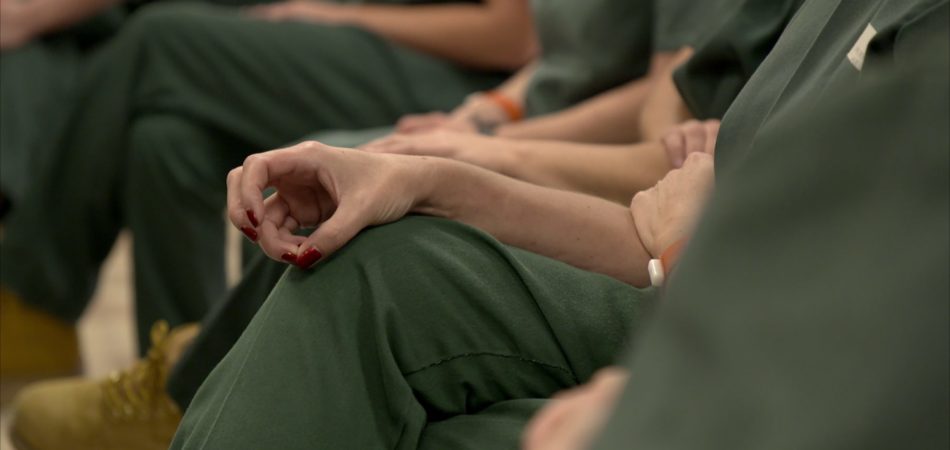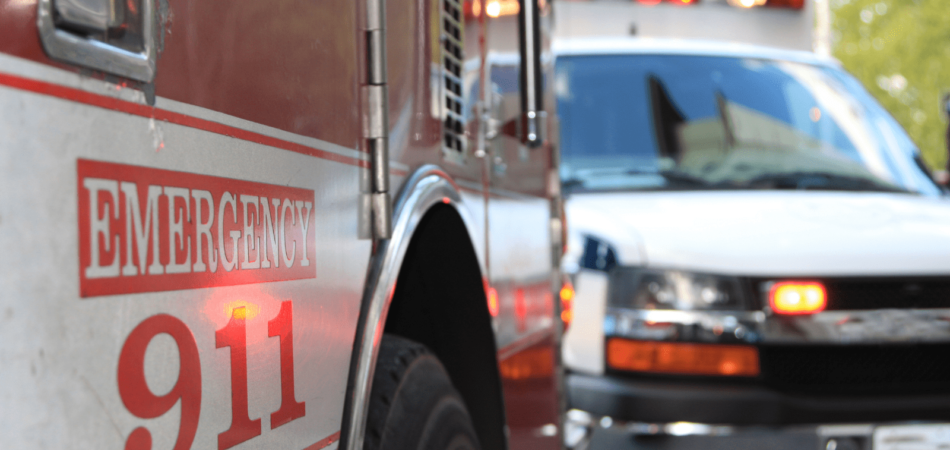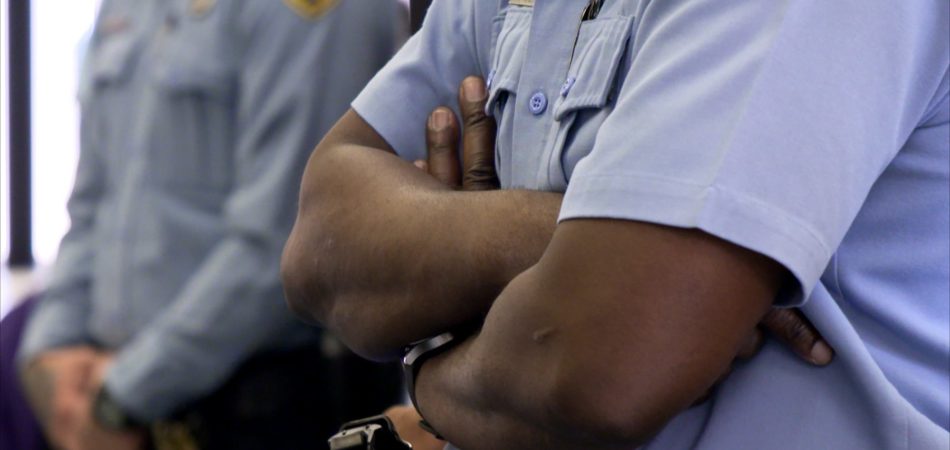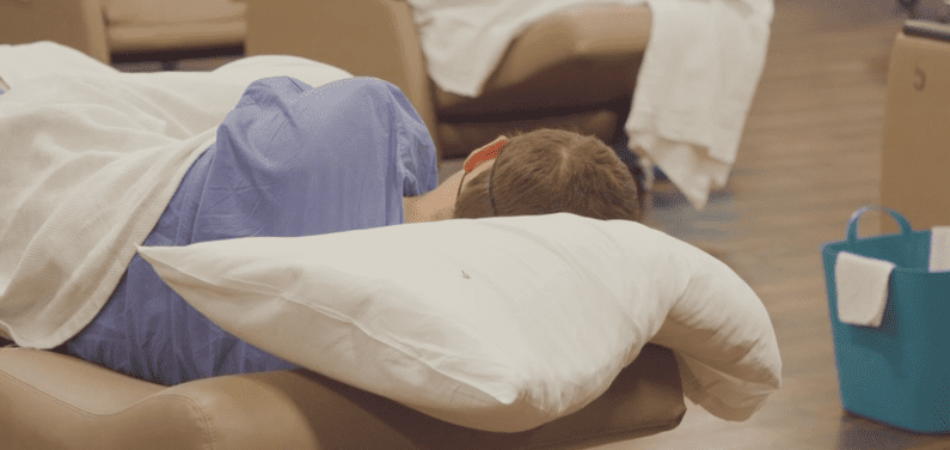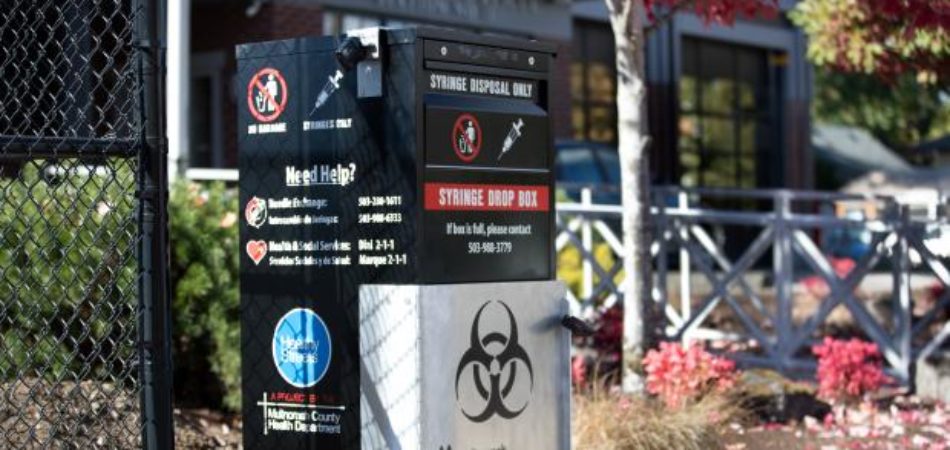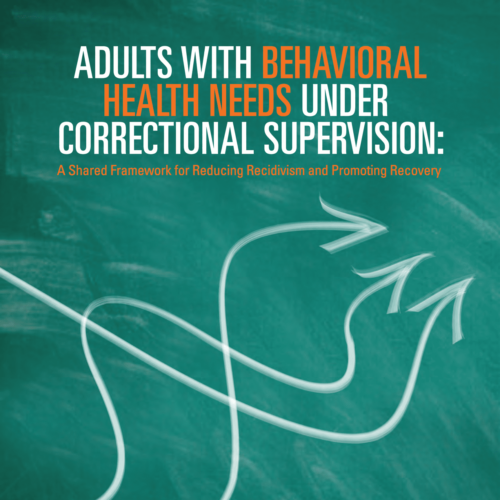Opioid Addiction and the Criminal Justice System
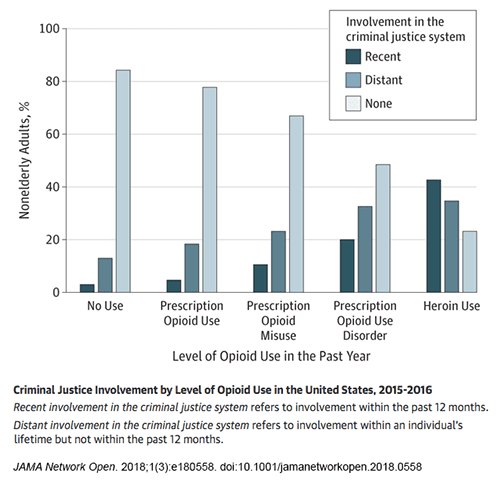 Each year, the increasing number of people who have opioid addictions impacts communities across the United States. In 2016, substance overdoses (fueled by opioid addictions) surpassed death by car accidents and guns as the leading cause of death for Americans under 50 years old, and in 2017, 134 people died each day from opioid overdose. Opioid use has a significant correlation to criminal justice involvement, and the consequences of opioid addictions can impact everyone from the people seeking recovery to law enforcement first responders, correctional facility staff, and reentry professionals. Despite efforts to promote recovery and reentry, when people who have opioid addictions are released from prison or jail, they often face a significantly higher risk of overdose and overdose-related death than people who were never incarcerated. In North Carolina alone, the risk of overdose death from opioids was 40 times higher for people released from incarceration in state facilities than it was for the general population in the state.
Each year, the increasing number of people who have opioid addictions impacts communities across the United States. In 2016, substance overdoses (fueled by opioid addictions) surpassed death by car accidents and guns as the leading cause of death for Americans under 50 years old, and in 2017, 134 people died each day from opioid overdose. Opioid use has a significant correlation to criminal justice involvement, and the consequences of opioid addictions can impact everyone from the people seeking recovery to law enforcement first responders, correctional facility staff, and reentry professionals. Despite efforts to promote recovery and reentry, when people who have opioid addictions are released from prison or jail, they often face a significantly higher risk of overdose and overdose-related death than people who were never incarcerated. In North Carolina alone, the risk of overdose death from opioids was 40 times higher for people released from incarceration in state facilities than it was for the general population in the state.
The resources below are designed to assist correctional agencies, community-based treatment providers, probation and parole agencies, and other service providers in better responding to people who have opioid addictions who are in the criminal justice system.
Webinars

This webinar includes information on planning and coordination, behavioral health treatment, cognitive…
Read More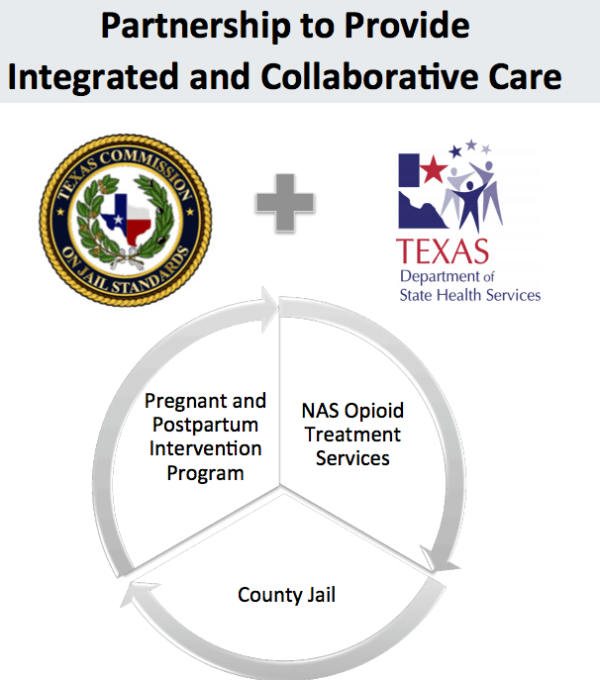
This webinar is designed for Justice and Mental Health Collaboration Program and…
Read More
This webinar focusses on best practices for screening and assessment of people…
Read MoreA positive school experience, where a child feels secure, is essential for their well-being. However, for many children…
Read MoreWhen returning to their communities from criminal justice settings, people with behavioral health needs face barriers in accessing…
Read More Supporting Children of Incarcerated Parents: Reimagining School and Community Collaboration
Supporting Children of Incarcerated Parents: Reimagining School and Community Collaboration
A positive school experience, where a child feels secure, is essential for their well-being. However, for many children with incarcerated parents—one in 14 in the U.S.—school can feel far from safe due to stigma, trauma, and a lack of understanding.
Read More Assigned to the Cloud Crew: The National Incarceration Association’s Hybrid Case Management for People with Behavioral Health Needs
Assigned to the Cloud Crew: The National Incarceration Association’s Hybrid Case Management for People with Behavioral Health Needs
When returning to their communities from criminal justice settings, people with behavioral health needs face barriers in accessing basic needs—including food, housing, employment, transportation, education, clothing, and substance use and mental health services—which increases their risk of experiencing a crisis.
Read More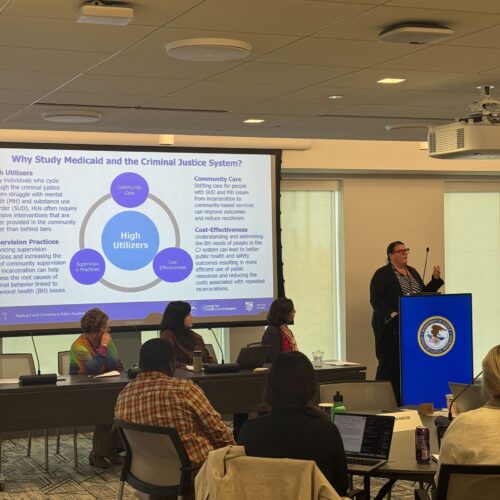 Meet the Medicaid and Corrections Policy Academy Mentor States
Meet the Medicaid and Corrections Policy Academy Mentor States
New Hampshire Department of Corrections Commissioner Helen Hanks presents at the Medicaid and Corrections Policy Academy in-person meeting.
Read More Taking the HEAT Out of Campus Crises: A Proactive Approach to College Safety
Taking the HEAT Out of Campus Crises: A Proactive Approach to College Safety
The sharp rise in school shootings over the past 25 years has led school officials across the U.S. to take a closer look at ways to keep students safe. For Chaffey College in Rancho Cucamonga, California, a tragic incident at a nearby university hit close to home and spurred campus leaders to revisit their own school’s threat assessments and crisis responses.
Read More New Smart Supervision Resident Analyst Program to Increase Supervision Agencies’ Data Analysis Capacity
New Smart Supervision Resident Analyst Program to Increase Supervision Agencies’ Data Analysis Capacity
Ideally, leaders would have actionable data readily available to them when they need it most. However, many agencies encounter significant challenges related to procuring accurate, consistent, and timely data, often grappling with outdated systems and inadequate tools.
Read More